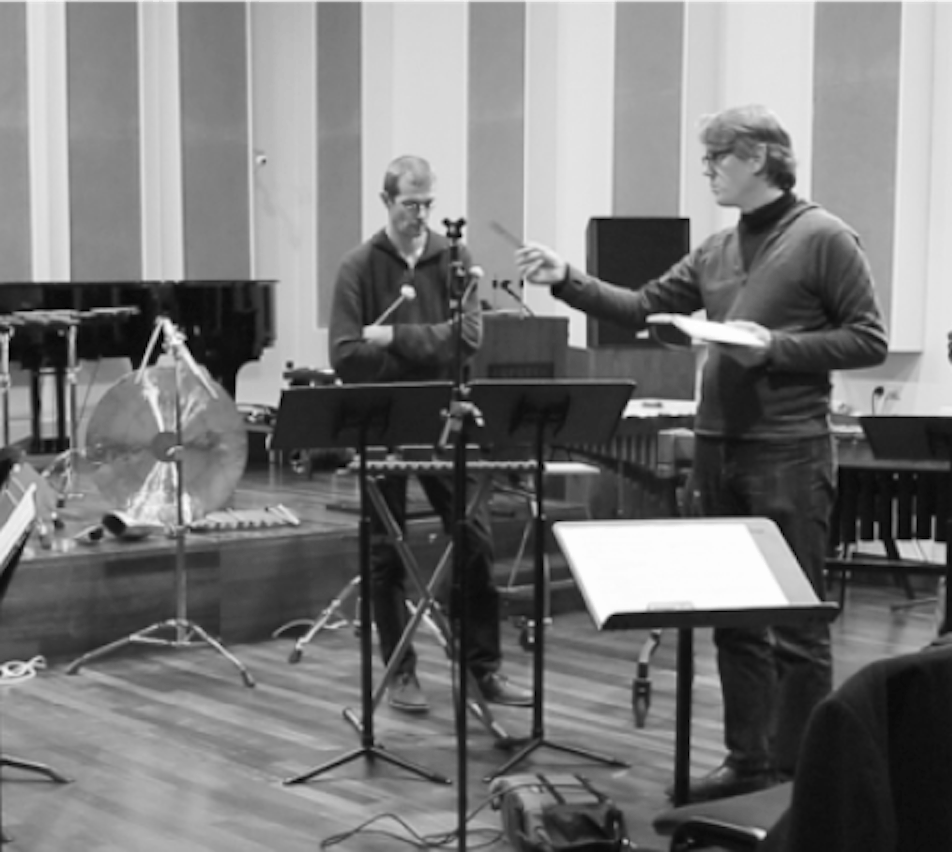

Franziska Fleischanderl
| Keywords: | church music with salterio, salterio |
| Duration: | 2015-2021 |
| Period: | 18th century music |
| Musician type: | stringed instrument |
| Host institution: | Leiden University |
| Keywords: | church music with salterio, salterio |
| Duration: | 2015-2021 |
| Period: | 18th century music |
| Musician type: | stringed instrument |
| Host institution: | Leiden University |
The present study is the first comprehensive and fundamental compendium on the Italian salterio of the eighteenth century. It sheds light on its genesis in the ecclesiastical environment, its dissemination and use in all regions of Italy, its social rise to the highest circles of the aristocracy, its virtuoso professionals and noble amateurs, and last but not least, its original genre-spanning repertoire, as well as its innovative instrumental developments in the second half of the century. In addition, the various tuning systems of the salterio are described in detail and several possibilities of its temperament are demonstrated.
It is a great peculiarity of the salterio in the instrumental landscape of its time that it was played with three completely different playing techniques. Either the strings were struck with two small hammers (battuto), plucked with the fingernails and fingertips (finger-pizz) or plucked it with plectra, that were fixed in metal finger rings and placed at the fingertips (plectra-pizz). Therefore, she tried to create a kind of "map of the playing techniques" in Italy and to give instructions for assigning the appropriate playing technique to the original salterio repertoire.
The search for original playing utensils such as hammers and finger rings and their reproduction were the first steps towards a more precise exploration of these techniques. The next major part of this artistic research was the application of battuto and pizzicato on her original instrument in equal measure. Since the pizzicato technique was completely new to Franziska, its study was the central element of her practical approach to this facet of research.
The equal application of the various techniques revealed an extremely wide spectrum of sound colors, which allowed me to experience and understand this instrument and its repertoire in an entirely new way. It enabled the Italian salterio to become an acoustically quick-change artist appealing to listeners in new ways. This unique talent in combination with its ethereal, overtone-rich sound enchanted the audience then and continues to do so today.
Two CD recordings of her ensemble with numerous world premiere recordings of original salterio music, played on her historical instrument from 1725, accompany this thesis to further demonstrate the truly unique qualities of this instrument.
Prof. Frans de Ruiter (1st promotor)